Breathe slower and cycle faster: energy saving tips to optimise your breathing
Inhale, exhale – two actions you rarely have to think about. But could altering the way you breathe improve your cycling performance?
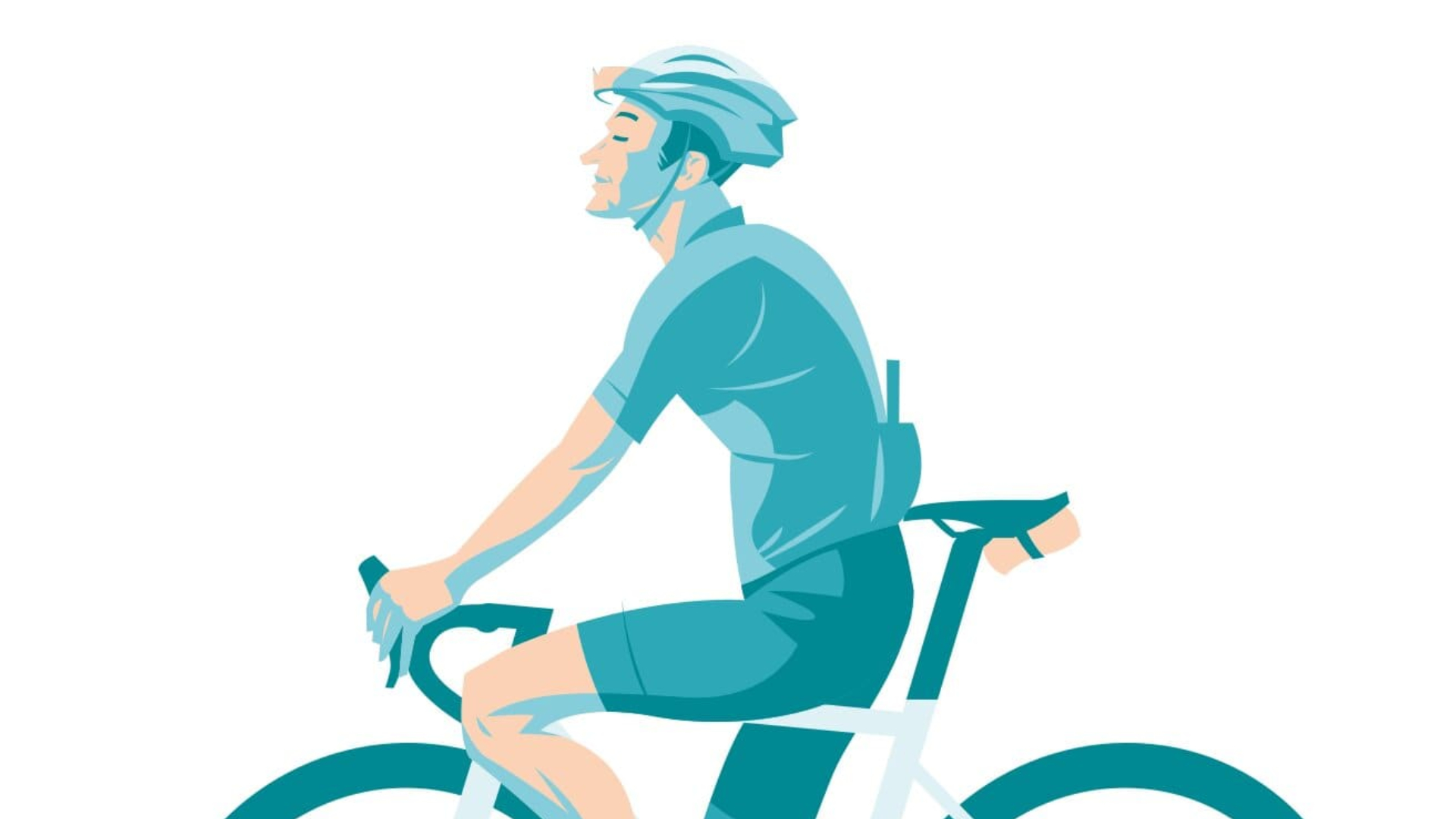
- How badly can inefficient breathing impact your cycling performance?
- What are the common signs of breathing inefficiency and problems for cyclists?
- How to improve your breathing for cycling
- The real-world benefits of improving your breathing
- Does nasal breathing help cyclists?
- Are there any devices that are recommended?
- Coach’s view: ‘Trust the body- breathe naturally’
- Calming strategies: breathing to lower anxiety

The coaching community is divided over the claims surrounding ‘belly breathing’ and ‘nasal breathing’. So what’s the truth? Can you train yourself to breathe better?
How badly can inefficient breathing impact your cycling performance?
Advocates of breathing drills insist that they yield clear advantages, while skeptics question the value of focusing on techniques that they suspect offer only the most marginal of gains. At the University of Kent’s exercise respiratory clinic, Professor John Dickinson points to consistent evidence that cyclists who improve their breathing efficiency can and do see their efforts translate into an improvement in performance. “An efficient breathing pattern reduces the work of the respiratory muscles,” explains Dickinson. By treating the common breathing problems cyclists suffer, the professor has found the most effective methods to help cyclists breathe more efficiently.
“An efficient breather uses about 10% of their total energy consumption on their breathing. In someone who breathes inefficiently, that goes up to around 18%,” explains Dickinson.
What are the common signs of breathing inefficiency and problems for cyclists?
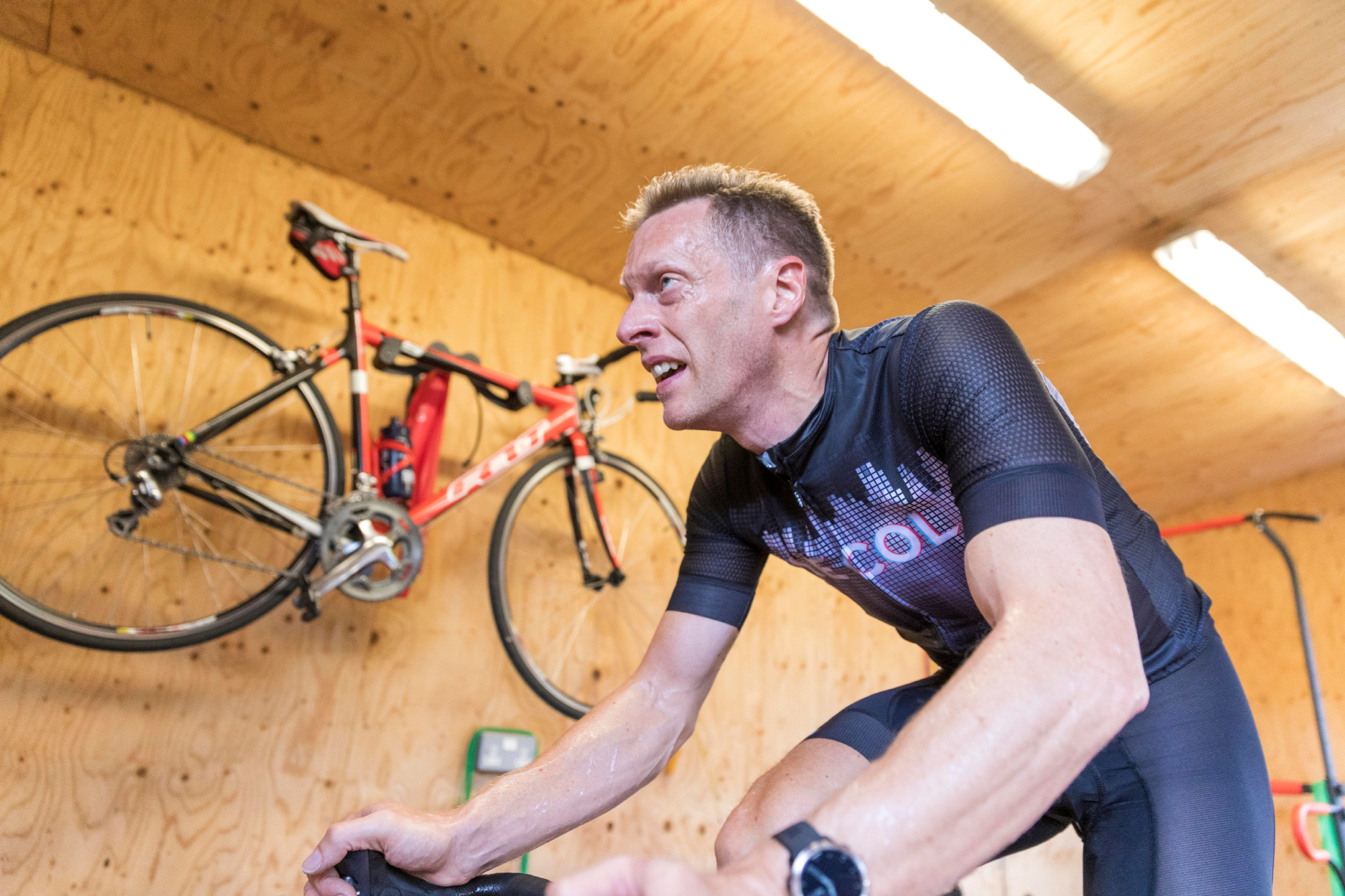
Aside from recognised expiratory ailments such as asthma, there are common ‘nonrespiratory disease’ conditions that cyclists suffer with. “These aren’t anything wrong with the lungs per se,” says Dickinson.
“It’s more down to the way the cyclist breathes and subsequent disordered breathing patterns.”
The most common condition is exercise-induced laryngeal obstruction (EILO). You might have experienced this yourself, or have ridden with somebody who suffers from it.
Symptoms include loud, wheezing noises when breathing in – especially during the high-intensity phase of exercise. “It can come on pretty severely and limit someone’s ability to breathe in – but then when they stop exercising it resolves itself after two or three minutes and they’re fine again.”
Get The Leadout Newsletter
The latest race content, interviews, features, reviews and expert buying guides, direct to your inbox!
EILO stems from a disordered breathing pattern, though the causes for the disorder itself can be more complex and diverse. As Dickinson says, “a wheeze is one sign – but the wheezing isn’t always there. Sometimes a rider simply can’t get a satisfying intake of breath when they’re riding hard. To compensate, they start breathing faster – and then the negative cycle starts.” If this sounds at all familiar, take comfort in the fact that you’re not alone, and there are ways of getting your breath back.
One of the challenges in treating a disordered breathing pattern is that it’s quite hard to objectively measure. “The diagnosis is usually made by ruling out everything else,” says Dickinson. There’s no one type of cyclist presenting with breathing pattern disorders either. “I see more young female riders present with EILO than their male counterparts.” The physiological structure of the respiratory system in a female is smaller relative to body size. “I also see it a lot in aspiring elite athletes,” adds Dickinson. “Those who’ve been quite successful at junior level and are aiming for the professional world – they’re almost trying too hard to breathe.”
MAMILs take note, too: EILO is not uncommon among riders in their 30s, 40s and 50s. “Often, it’s riders who haven’t had any breathing problems in their 20s suddenly struggling with it,” says Dickinson. “It could be posture, the natural reduction in strength as one ages – or that they’re devoting more time to pushing themselves harder and noticing breathing issues because of that.”
How to improve your breathing for cycling
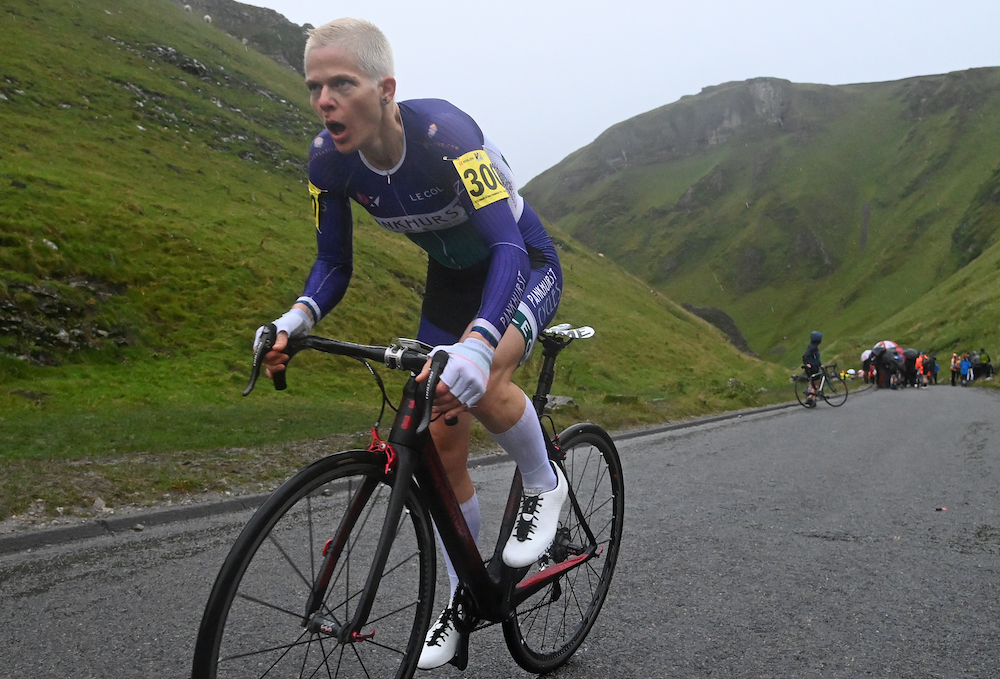
Bithja Jones gulps in the oxygen at the hill climb National Championships
‘Re-training’ a rider’s breathing involves an examination of cycling posture, use of respiratory muscle training devices, and even working on anxiety management. “We’ll observe an individual when they’re symptomatic, undergoing a high-intensity cycling assessment.” From that, Dickinson’s team aims to categorize the disordered breathing pattern. Typically, it’s one of three different issues:
- Apical breather: “They’re very ‘shouldery’ and are basically breathing within the top half of their ribcage.”
- Asynchronic breather: “They activate the lower part of their ribcage first, and then lift the upper part of the ribcage so we tend to see a kind of ‘Mexican wave’ up the body; it’s all a bit out of sync.”
- Hyperventilating breather: “They just breathe too fast.”
All three types can suffer with the added complication of anxiety. “Having experienced disordered breathing, they go out feeling anxious that it’s going to happen again,” explains Dickinson. “In that case, we can also teach them to use the expiratory [out] breath as a relaxant. A lot of riders mistakenly think that the faster they breathe out, the quicker they’ll get more air into the body.”
Exhaling too quickly can cause problems in its own right. “In reality, the act of rapidly ‘dumping’ air creates tension in the upper body. It means the quality of each breath isn’t great and the poor pattern remains a problem.” Breathing out using a more meditative method – letting the recoil of the chest control the release of air out – enables the rider to focus instead on holding posture correctly.
The real-world benefits of improving your breathing
Key to combating a breathing pattern disorder, in Dickinson’s book, is strengthening the inspiration muscles, i.e. the diaphragm. Studies into Inspiratory muscle training (IMT) – including landmark tests on time triallists over 20km and 40km distances – have shown an average 3.5% improvement in results and significantly reduced perceived rates of exertion.
“We try to get riders to understand the most effective movement of the ribcage – it needs to move laterally, forward and up. To perfect this, we train them to get the initiation of the breath to be in the lower part of the ribcage to encourage it to move sideways.” For this, cyclists wear a resistance band around the lower chest, at first expanding the ribcage into the band. The focus is on the sideways movement and continuing to expand to the effect that it promotes the breath from the lower ribcage in a smoother, jerk-free movement. They practise this out of the saddle, while doing stretching sessions or yoga, to get the basic process right before they start cycling.
Maintaining this revised breathing pattern when they’re on the bike is often the hardest part of the relearning process, explains Dickinson. “Instinctively a cyclist will grip the handlebars and tense up the shoulders. In this ‘braced’ position – rather than using their back and core to hold them in their posture – they restrict movement.” If you’re really tense, you’re also not going to get the transfer of power through the body into the legs, limiting your pedalling efficiency.
Does this breathing training help everyone? “Generally, the respiratory system is appropriately built to allow an individual to do most forms of aerobic training,” says Dickinson. “But it’s possible that those who struggle at the upper limits of their training – at the peaks of long climbs – may benefit from breathing pattern training.”
Does nasal breathing help cyclists?
Nasal breathing, an increasingly popular technique, is something Dickinson promotes too, albeit with caveats. “It’s the best way to filter and humidify the air before it enters the lungs – so breathing at rest should really be predominantly through your nose.” This becomes more difficult as the effort level increases. “On the bike, once you go beyond a steady cycle, it becomes challenging to breathe enough air through the nasal passages – and it’s when cyclists switch to mouth breathing, as air starts flowing much faster through the mouth, that some people’s breathing pattern falls apart.”
Are there any devices that are recommended?
Dickinson’s preferred method is inspiratory muscle training (IMT), essentially strength training for the breathing muscles, conditioning the diaphragm to develop a regular breathing pattern. He uses devices such as PowerBreathe – but only once breathing pattern problems are resolved. “If people use PowerBreathe without improving their breathing pattern first, that can just exacerbate the problem,” warns Dickinson. “You’re just training a bad or disordered breathing pattern, not correcting it.” Used correctly, these devices help train the quick but powerful inhalations cyclists need on hard rides while also improving diaphragm strength. “The result is that when you’re working hard, you’re working at a low percentage of maximum contractility – contracting in a more efficient way because those muscles are stronger.”
Addressing breathing pattern disorders and strengthening the inspiratory muscles can have additional benefits. Research indicates that once you have a grip on a breathing pattern disorder, it can lead to reduced heart rate, lowered perceived rate of exertion and reductions in blood lactate levels. Enough to make any rider breathe easy.
Coach’s view: ‘Trust the body- breathe naturally’

Liam Holohan (holohancoaching.com), a former UCI pro rider with Team Wiggins, Rapha Condor and Madison Genesis, points out that breathing gains are tricky to measure.
“PowerBreathe trains the muscles to be more fatigue-resistant, but it’s difficult to quantify and say convincingly that X amount of watts improvement was down to this device specifically, because you’re always doing a multitude of things to try to optimize your performance.
“The newer models ‘self-optimize’ and calibrate where you’re at, so as to deliver the optimum load. It’s very easy to use – you can hold your nose or pop a clip on and it’s 30 breaths, once in the morning, once in the afternoon.
“When it comes to improving performance, I think this is quite far down the list of priorities with many of my clients. I’m also wary that cyclists too often start using guided breathing techniques – nasal breathing, etc – but the evidence seems to suggest that they’re not as effective as natural breathing. In my experience, the body is very good at optimizing intrinsically without any conscious thought.”
Calming strategies: breathing to lower anxiety
“Around 80% of us have dysfunctional breathing patterns,” says Jamie Clements, breathwork coach (thebreathspace.co.uk). “But the breath can play a pivotal role in managing the autonomic nervous system (ANS), calming the sympathetic branch of the ANS – fight or flight response – and prompting the parasympathetic branch – so-called ‘rest and digest’ – to ease anxiety.”
“If we can start to shift our breath to a slow, gentle, nasal, belly breath, we stimulate the vagus nerve to lower the heart rate and bring a sense of peace to mind and body.”
Go-to breathing exercises for anxiety:
- Extended exhale: Inhale through the nose for four seconds, Exhale out of the nose or mouth for eight seconds.
- Cadence breathing: Inhale through the nose for three seconds, hold for three seconds; exhale out of the nose for six seconds and hold for three seconds.
- Box breathing: Inhale through the nose for four seconds, hold for four seconds, exhale out of the nose for four seconds and hold for four seconds
This full version of this article was published in the print edition of Cycling Weekly. Subscribe online and get the magazine delivered direct to your door every week.

Thank you for reading 20 articles this month* Join now for unlimited access
Enjoy your first month for just £1 / $1 / €1
*Read 5 free articles per month without a subscription

Join now for unlimited access
Try first month for just £1 / $1 / €1

Rob Kemp is a London-based freelance journalist with 30 years of experience covering health and fitness, nutrition and sports sciences for a range of cycling, running, football and fitness publications and websites. His work also appears in the national press and he's the author of six non-fiction books. His favourite cycling routes include anything along the Dorset coast, Wye Valley or the Thames, with a pub at the finish.
-
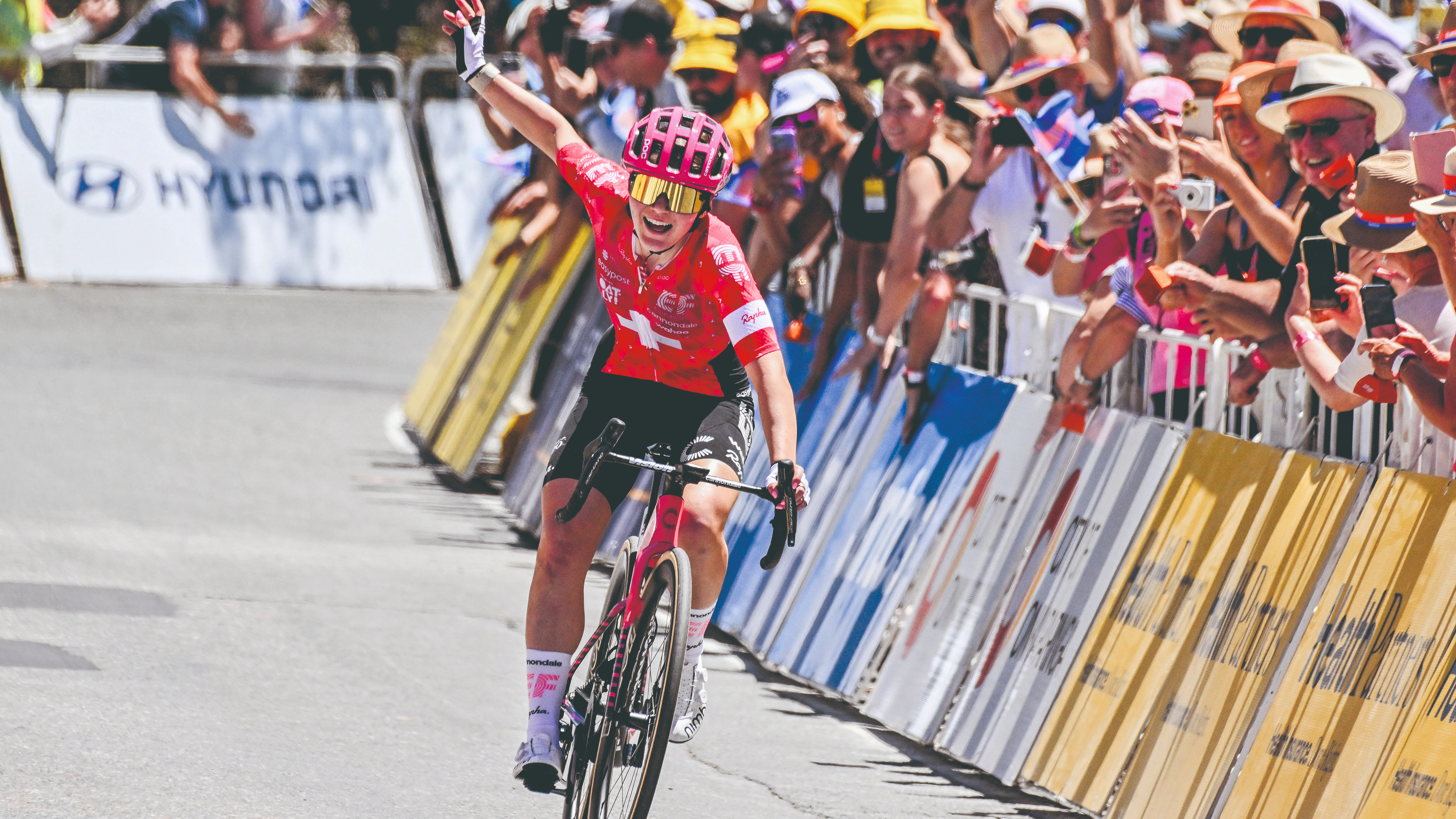 How do the pros train? Noemi Rüegg's 26 hour training week
How do the pros train? Noemi Rüegg's 26 hour training weekWinner of this year’s Tour Down Under, the EF Education-Oatly rider is a climber whose talent is taking her to the top
By Chris Marshall-Bell
-
 Save £42 on the same tyres that Mathieu Van de Poel won Paris-Roubaix on, this Easter weekend
Save £42 on the same tyres that Mathieu Van de Poel won Paris-Roubaix on, this Easter weekendDeals Its rare that Pirelli P-Zero Race TLR RS can be found on sale, and certainly not with a whopping 25% discount, grab a pair this weekend before they go...
By Matt Ischt-Barnard
-
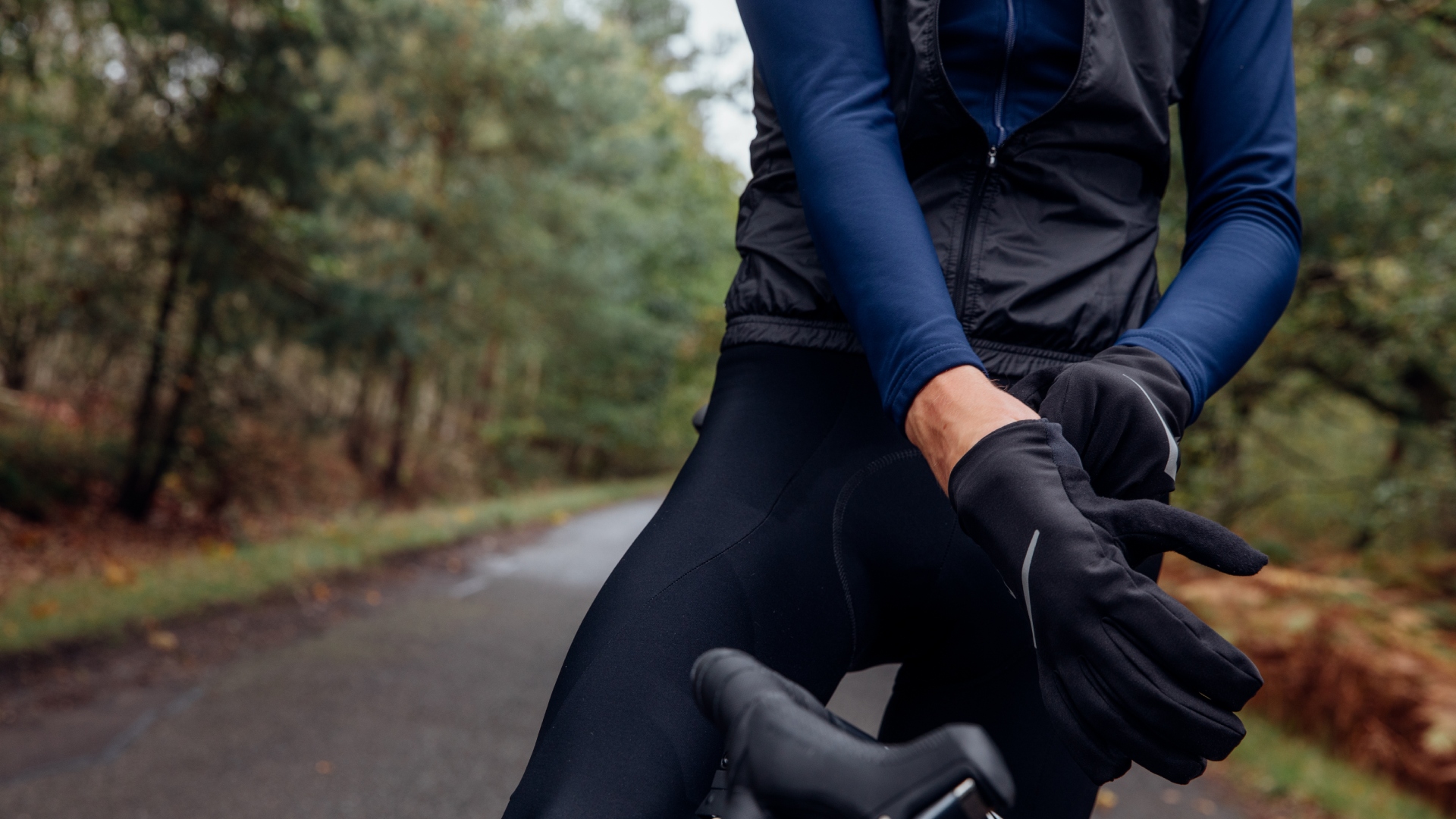 Riding with Raynaud’s: How to beat cold hands and feet over winter
Riding with Raynaud’s: How to beat cold hands and feet over winterSymptoms of Raynaud's syndrome extend far beyond simply having chilly hands and feet, our experts guide you through the how-to on making winter riding bearable despite the disease
By Lexie Williamson
-
 Does riding in the cold always have to slow you down?
Does riding in the cold always have to slow you down?Recent research reveals that starting a ride cold can decimate endurance. James Witts examines how rolling out toasty boosts staying power
By James Witts
-
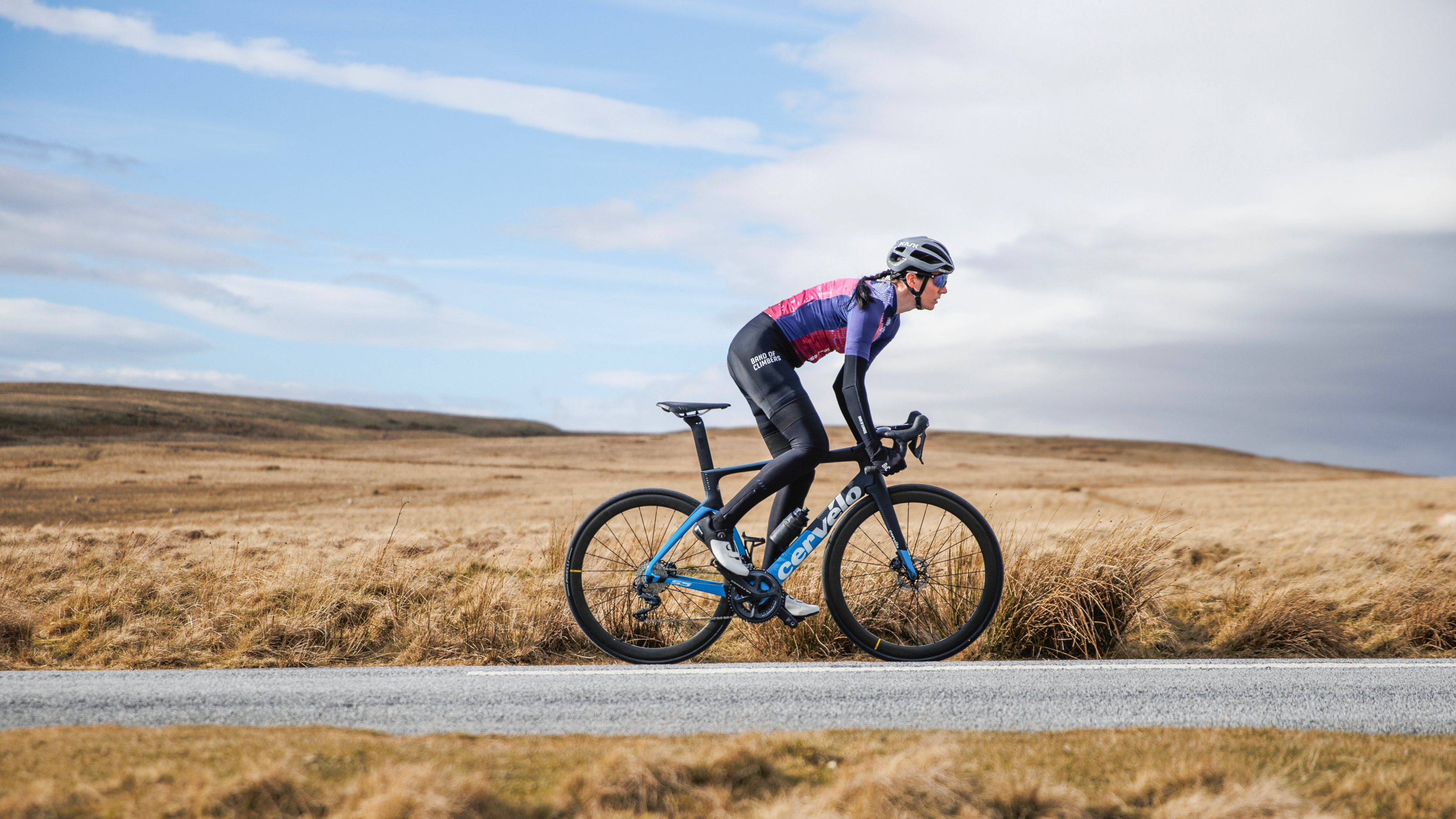 Forget 'new year, new me': 31 realistic, bitesized new habits for 2025
Forget 'new year, new me': 31 realistic, bitesized new habits for 2025Small adjustments to your daily routine can have a big impact on your cycling fitness. Lexie Williamson lists 31 good habits, one for each day of January
By Lexie Williamson
-
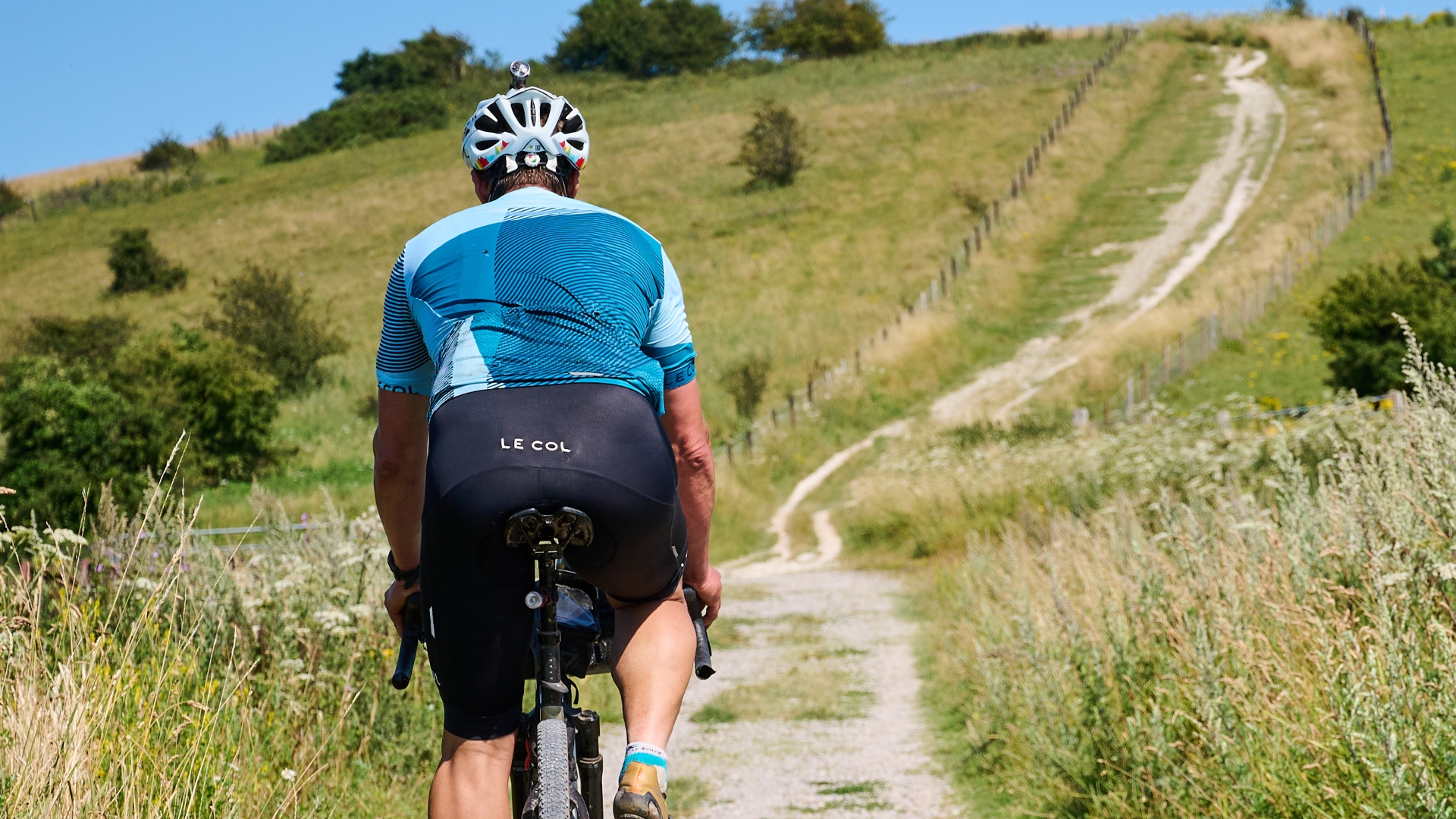 'My riding companion proceeded to fragment into countless tiny particles and dissolve into the night sky — I was hallucinating': Inside a 500km ultra ride
'My riding companion proceeded to fragment into countless tiny particles and dissolve into the night sky — I was hallucinating': Inside a 500km ultra rideKeen to test the limits of his well-matured endurance, Steve Shrubsall hurls himself headlong into a 500km ultra-endurance adventure across England's North and South Downs
By Stephen Shrubsall
-
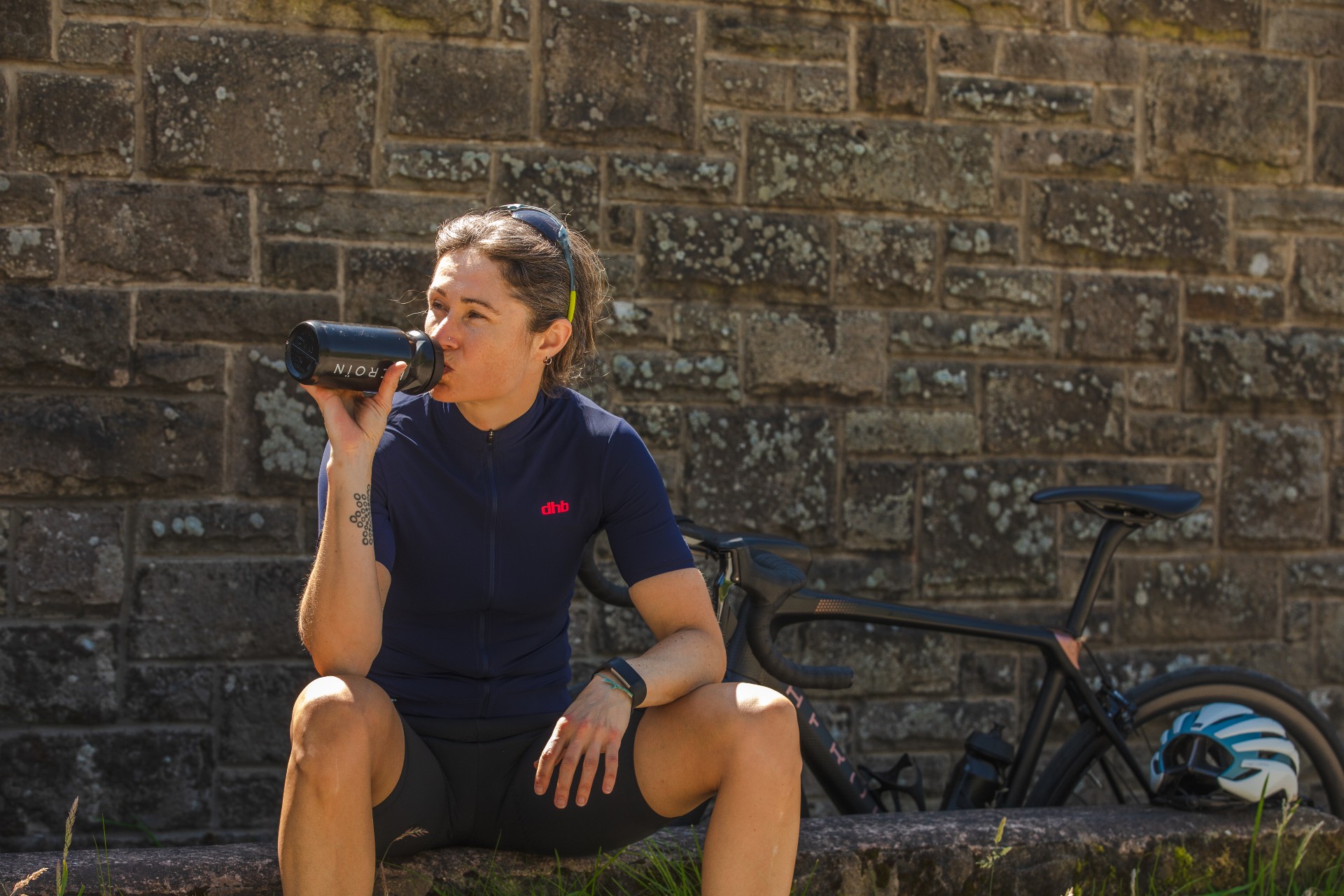 Hot weather cycling: 6 tips to help you keep your cool
Hot weather cycling: 6 tips to help you keep your coolA spell of hot weather needn't stop you enjoying your riding, as long as you take some precautions to prevent over-heating and dehydration
By Anna Marie Abram
-
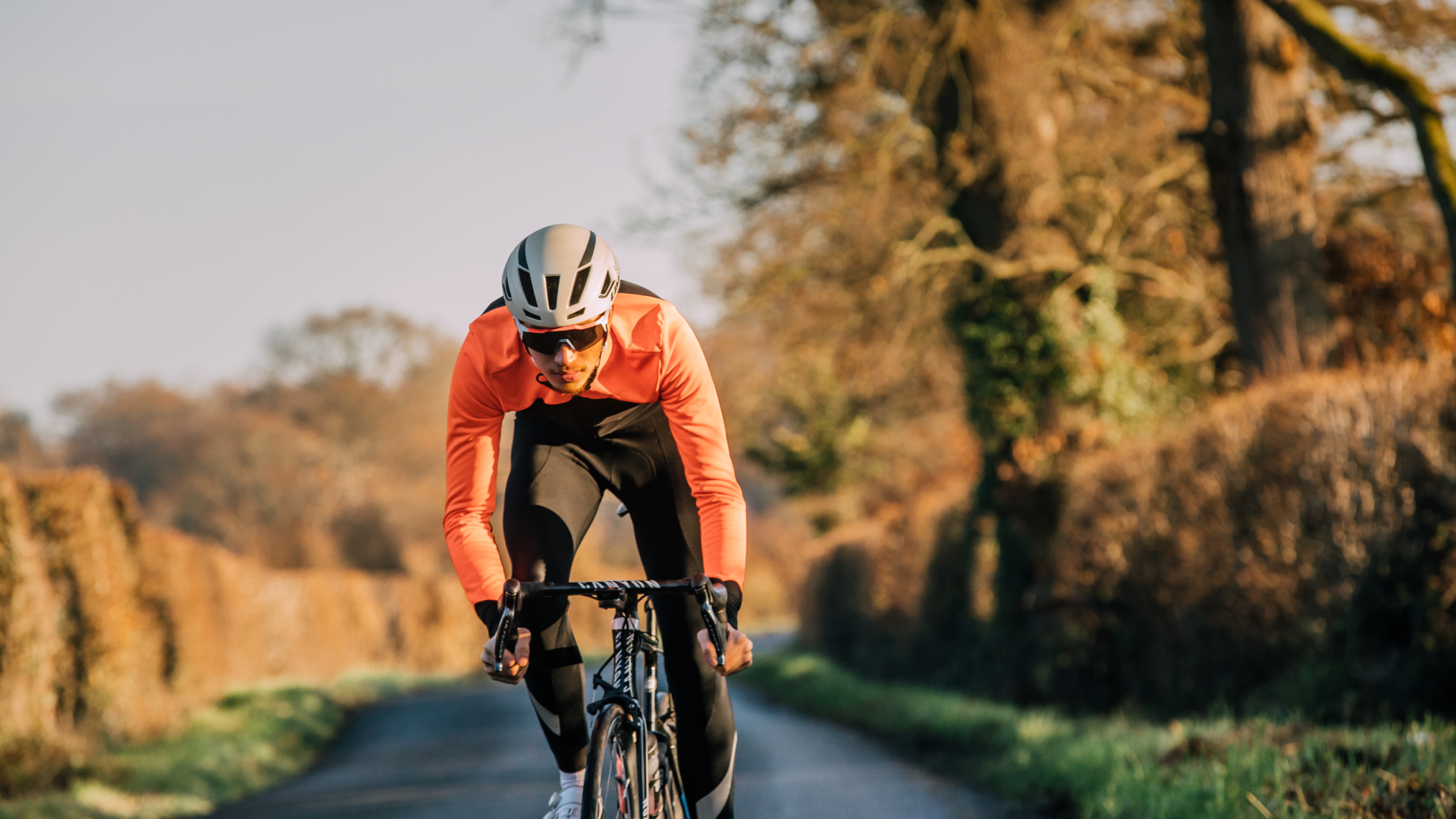 21 ways to get your season off to a flying start
21 ways to get your season off to a flying startMotivation is key: achievable, aspirational goals with clear checkpoints is a great place to start. Structured training, bike servicing and joining a club will all help set you on the right trajectory, too
By Charlie Allenby
-
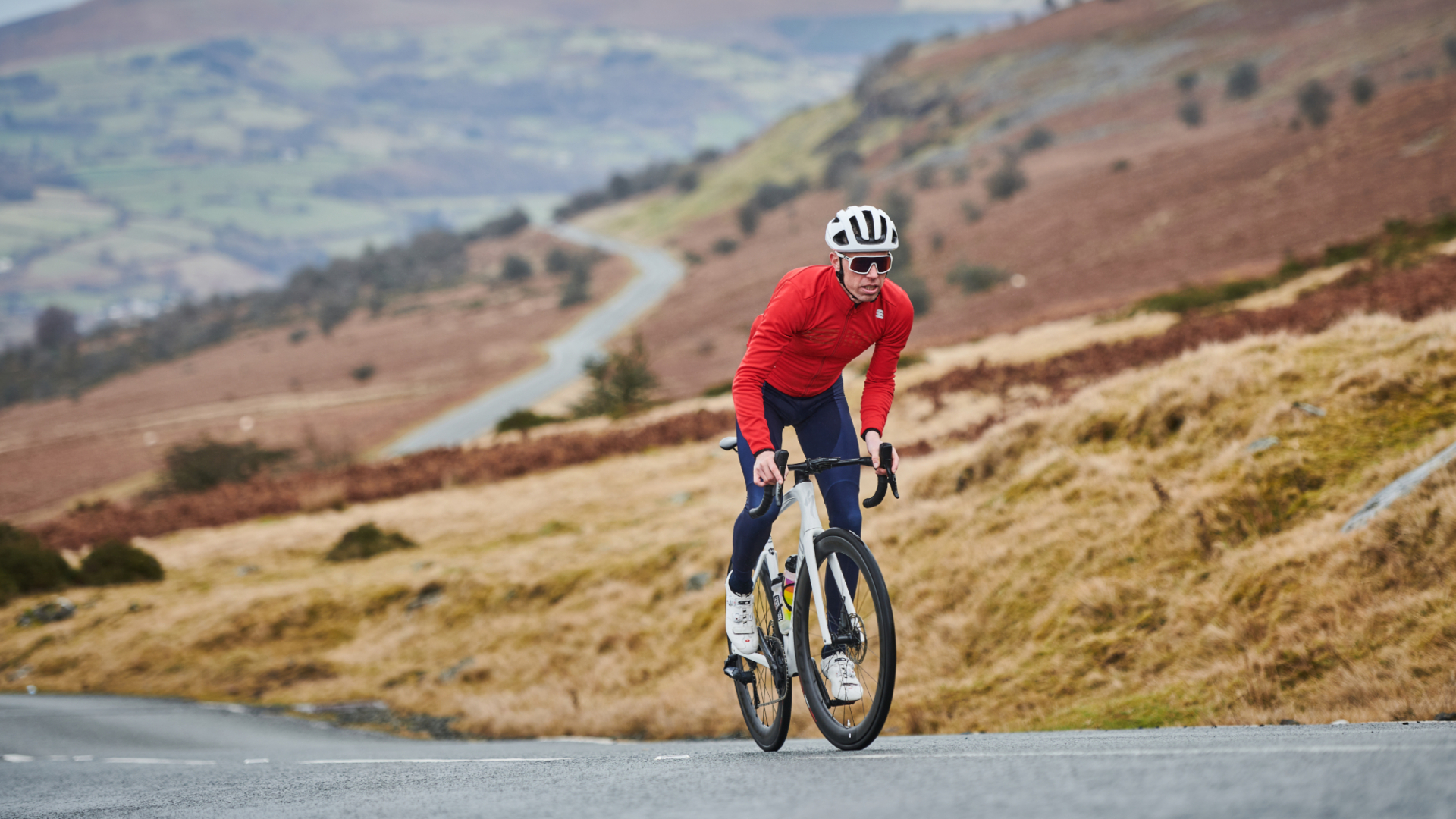 Eight-step guide to crafting your achievable goal this year, according to a cycling coach
Eight-step guide to crafting your achievable goal this year, according to a cycling coachHow to come up with a target you can hit - plus some pointers on how to stay on track
By Chris Marshall-Bell
-
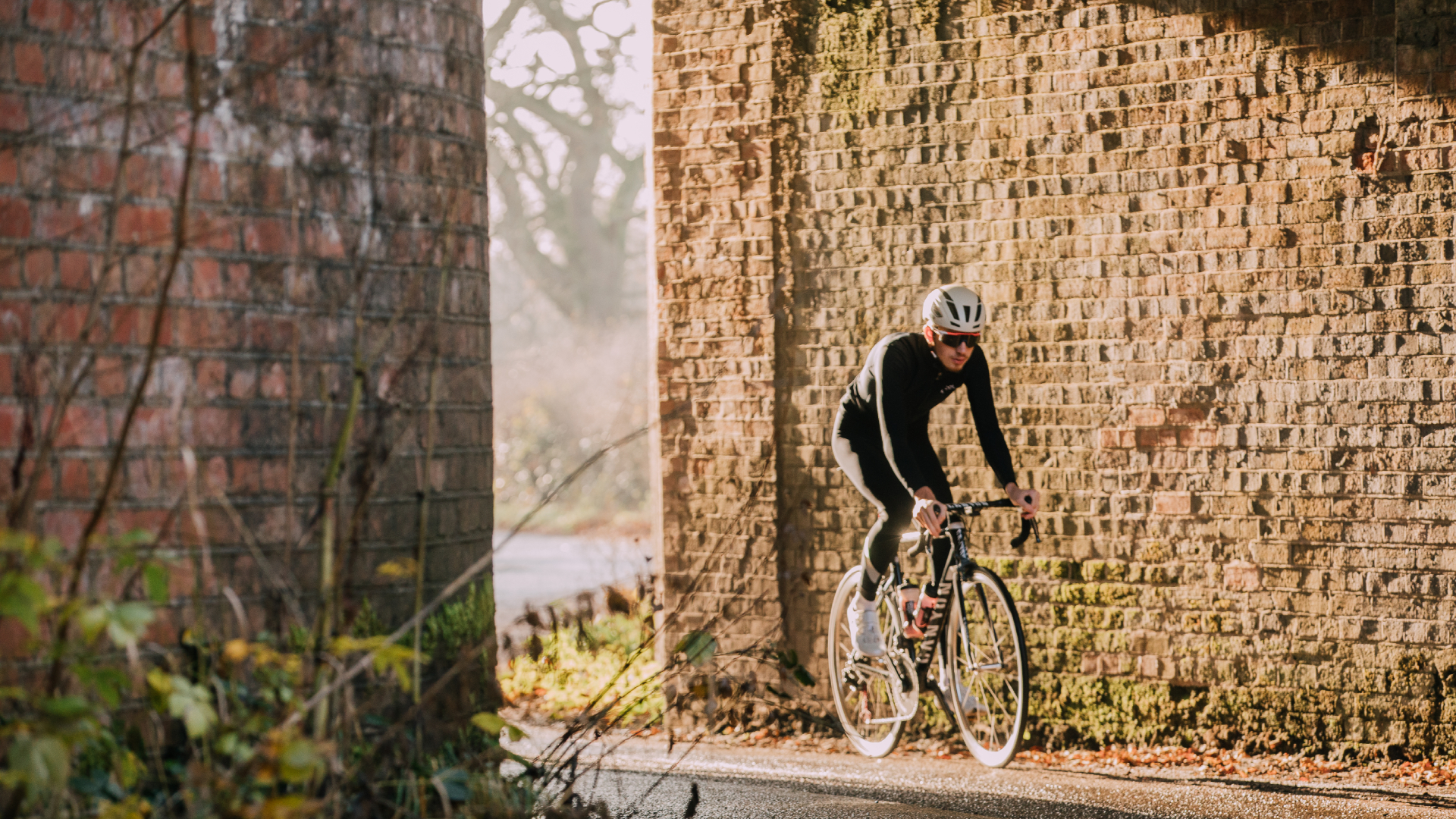 Why is everyone talking about Zone 2 training? Tadej Pogačar, or rather his coach, is responsible - here’s why
Why is everyone talking about Zone 2 training? Tadej Pogačar, or rather his coach, is responsible - here’s whyThe cacophony of praise for Zone 2 training of late left Chris Sidwells scratching his head. So he decided to find out what all the fuss was about
By Chris Sidwells